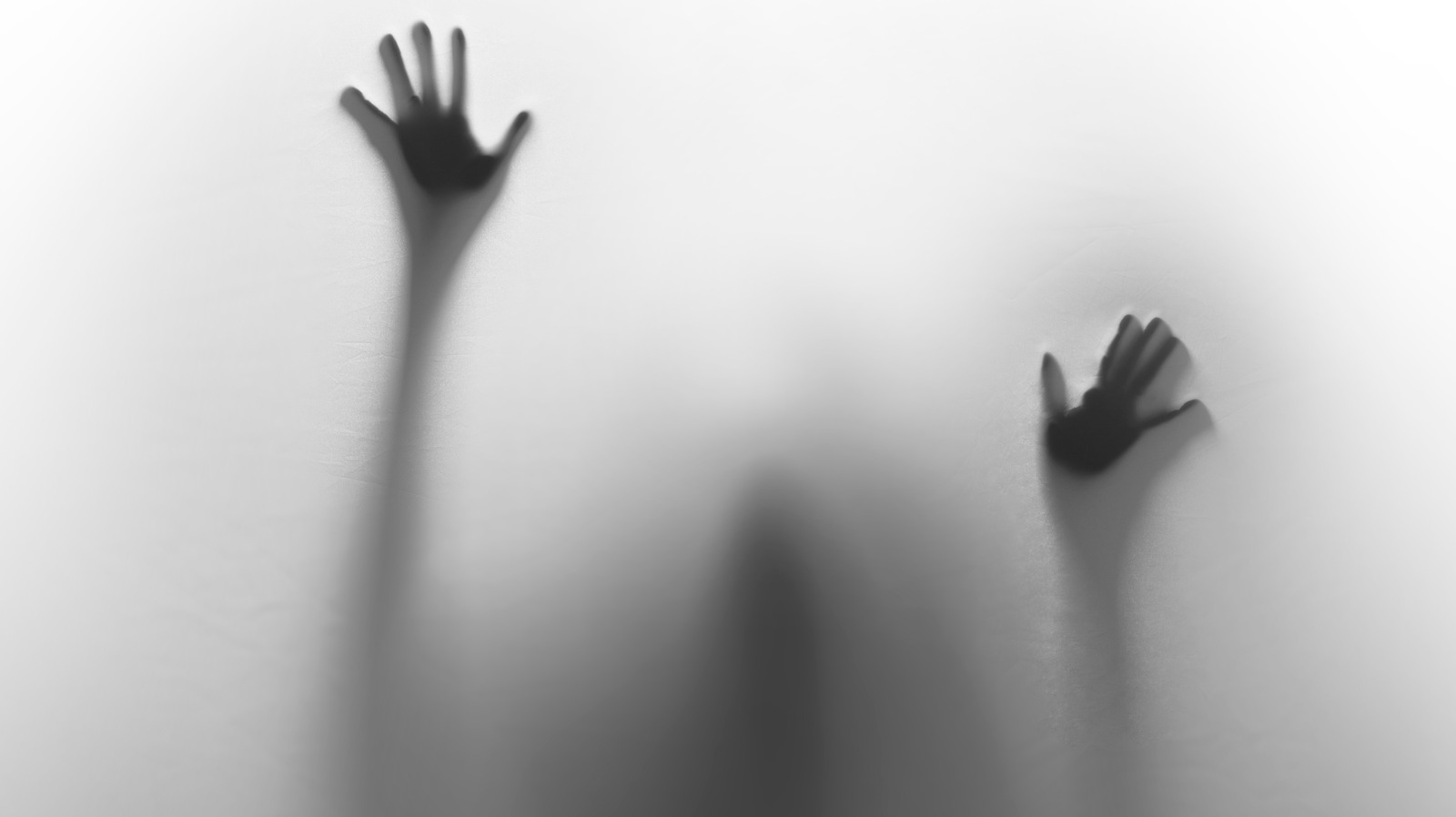
Per Britannica, the term “poltergeist” refers to a specific type of haunting — one involving inexplicable noises, objects moving on their own, and unpredictable episodes of violence. The phenomena tend to be associated with one member of a household, often a teenager, and the activity frequently stops when strangers come into the house. Per The Telegraph, when the Janet Hodgsons invited a photographer from the Daily Mirror into their Enfield home, nothing unusual happened until he was preparing to leave. The same happened when Maurice Grosse of the Society for Psychical Research (SPR) came to investigate. “Nothing happened for a while,” he recalled years later, “But then I experienced Lego pieces flying across the room, and marbles. And the extraordinary thing was, when you picked them up they were hot, which is relevant to poltergeist-type activity.”
The SPR considers poltergeist episodes to be “evidence suggestive of survival.” That is to say, they are considered a potential indicator that some aspect of the human mind survives the death of the body. However, it’s also been suggested that poltergeist phenomena are entirely generated by living individuals — specifically the person they seem most associated with. Notably, Italian paranormal researchers proposed that puberty triggers electron activity, which affects objects beyond the brain in a limited radius (per New Scientist). It’s worth noting that this claim has been met with skepticism even among supporters of parapsychology.
Read Related Also: RICHARD LITTLEJOHN: How can the British Left make excuses for a terrorist group that kills women and children?
And there is a third option to explain poltergeists: They all amount to hoaxes or delusions.









